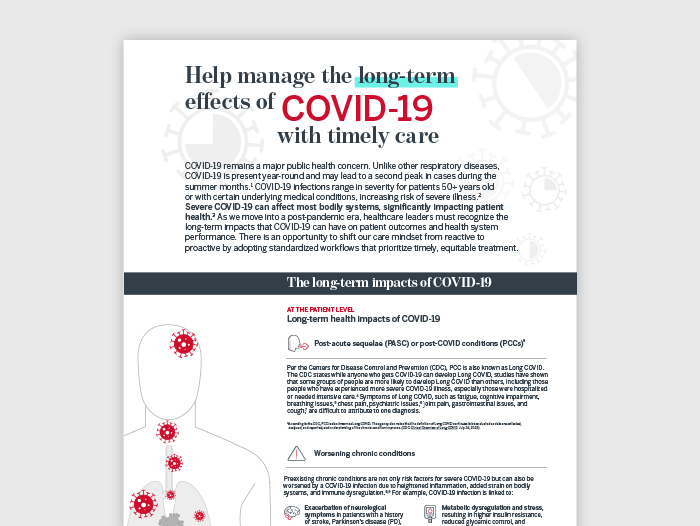Auto logout in seconds.
Continue LogoutAs of May 2022, just under 817,000 Americans are currently working as physicians or surgeons, according to a report from USAFacts, and cardiologists have the highest annual wage while pediatricians have the lowest.
The highest (and lowest) paid specialties in the US
For the report, USAFacts looked at data from the Bureau of Labor Statistics (BLS) and found the median annual wage for physicians and surgeons in 2022 was $229,300 — almost five times more than the general median wage in America of $46,310.
USAFacts found a notable difference in the wages of physicians and surgeons compared to non-physician healthcare providers, including dentists, therapists, and nurses. The latter group had a median annual wage of $106,230, and roughly a third of them are RNs whose median annual salary was $81,220.
USAFacts found that cardiologists had the highest average annual wage among all specialties at $421,330, followed by non-pediatric orthopedic surgeons at $371,400. Meanwhile, pediatricians had the lowest average annual wage among all specialties at $203,240 followed by family medicine physicians at $224,460.
Wages also varied significantly by state, even among the same specialties, USAFacts found. The highest-paid specialists were non-pediatric orthopedic surgeons practicing in Hawaii who made an average yearly salary of $554,520.
Three other states also saw average salaries above $500,000, including:
- General surgeons in Louisiana ($534,920)
- Cardiologists in Idaho ($521,690)
- Dermatologists in Minnesota ($514,330)
Meanwhile, the lowest average annual wage for any specialty was among neurologists in West Virginia, whose average annual wage was $89,600. West Virginia also paid the lowest average annual salary to three other specialties — general internal medicine physicians, non-pediatric orthopedic surgeons, and pathologists. (USAFacts report, 10/16)
Physician employers are facing a shifting physician workforce. The classic playbook for physician recruitment and retention is no longer enough. Read on for the three trends driving the changes and tips for what your organization can do to win long-term loyalty.
Don't miss out on the latest Advisory Board insights
Create your free account to access 1 resource, including the latest research and webinars.
Want access without creating an account?
You have 1 free members-only resource remaining this month.
1 free members-only resources remaining
1 free members-only resources remaining
You've reached your limit of free insights
Become a member to access all of Advisory Board's resources, events, and experts
Never miss out on the latest innovative health care content tailored to you.
Benefits include:
You've reached your limit of free insights
Become a member to access all of Advisory Board's resources, events, and experts
Never miss out on the latest innovative health care content tailored to you.
Benefits include:
This content is available through your Curated Research partnership with Advisory Board. Click on ‘view this resource’ to read the full piece
Email ask@advisory.com to learn more
Click on ‘Become a Member’ to learn about the benefits of a Full-Access partnership with Advisory Board
Never miss out on the latest innovative health care content tailored to you.
Benefits Include:
This is for members only. Learn more.
Click on ‘Become a Member’ to learn about the benefits of a Full-Access partnership with Advisory Board
Never miss out on the latest innovative health care content tailored to you.



